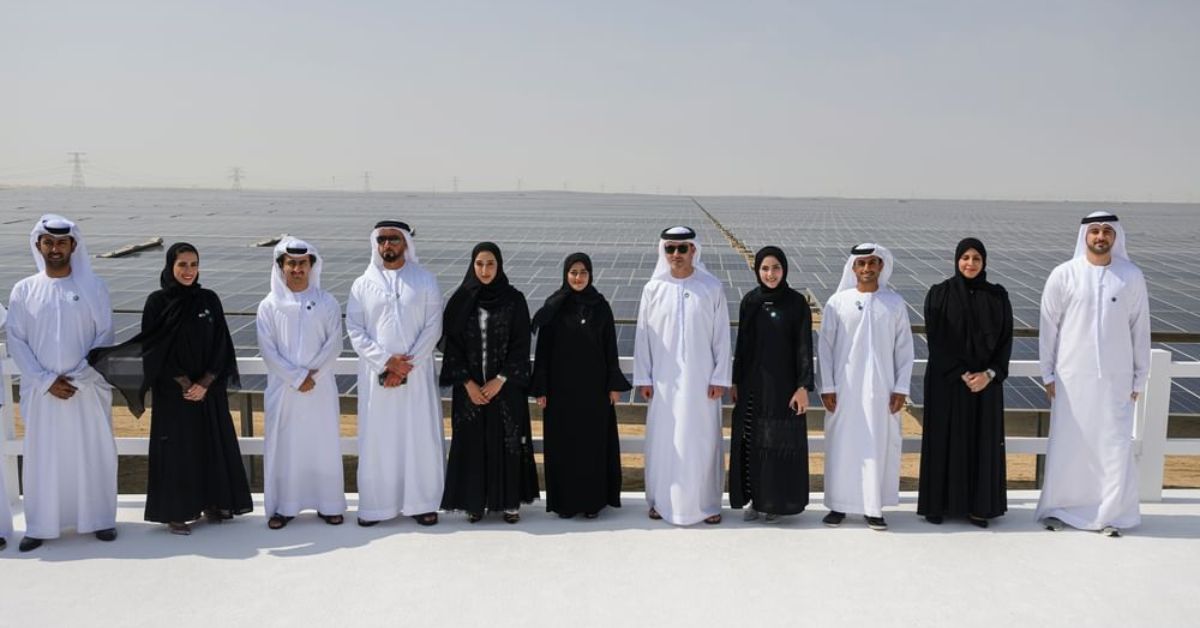Dubai – ESG assets are anticipated to surpass $53 trillion by 2025 globally, constituting over one-third of the projected total assets under management, which amounts to $140.5 trillion, said Ritu Singh, Regional Director of StoneX Group Inc.
“This significant growth is driven by a combination of factors, including the impact of the pandemic and the sustainable recovery initiatives in the United States, European Union, and China,” she added.
With the UAE hosting the pivotal COP28, the intersection of climate policy and market strategy is more prominent than ever. Discerning traders are positioning themselves to capitalize on specialized financial products that are both climate-forward and financially astute. These include the Green Index, the ESG Index, the EV Index, and the EUA Futures CFDs.
These advanced trading instruments and sustainable indices are strategically important in the context of COP28’s environmental mandates. Investors are increasingly applying non-financial factors as part of their analysis process to identify material risks and growth opportunities, as noted by the CFA Institute.
On a regional level, the UAE and GCC markets are at the forefront of promoting environmental, social, and governance (ESG) practices. A recent PwC publication noted, “The UAE has been making significant strides towards sustainability and ESG integration, setting a new standard for the entire region.”
In this context, there’s growing investor interest in the Green Index and the ESG Index, which allow trading while gaining exposure to ESG companies in an index, by purchasing an index mutual fund or exchange-traded fund (ETF) that seeks to replicate the performance of that index.
On one hand, the ESG Index provides a comprehensive framework for evaluating and identifying companies based on the sustainability of their business practices. It serves as a critical benchmark, integrating a company’s environmental impact, social responsibility, and governance standards into its valuation. With COP28 setting new sustainability standards, the ESG Index may become a leading indicator for companies likely to excel in a regulatory environment increasingly favoring sustainable practices.
On the other hand, the Green Index tracks about 30 securities issued for green, social, or sustainable purposes. It offers a sophisticated approach for traders looking to diversify their portfolio with sustainability in mind. It’s a composite of carefully vetted equities, focusing on companies with a significant footprint in green technology and sustainable practices. With COP28 emphasizing sustainable growth, the Green Index is poised to reflect the expected regulatory boosts and technological advancements, thereby offering traders a dynamic tool for environmentally aligned investment.
EUA Futures CFDs have also gained visibility, representing a direct line to the pulse of the carbon market. EUAs depict the emission allowances in metric tons of carbon dioxide or an equivalent greenhouse gas allotted to each EU member state. These indices allow traders to speculate on the price of carbon credits, with a keen understanding of the EU’s cap-and-trade system.
In a nutshell, such financial instruments provide sophisticated avenues for aligning trading strategies with the COP28 climate agenda. For traders in the UAE and globally, these tools represent a pathway to potential profitability in a world increasingly driven by green initiatives.








